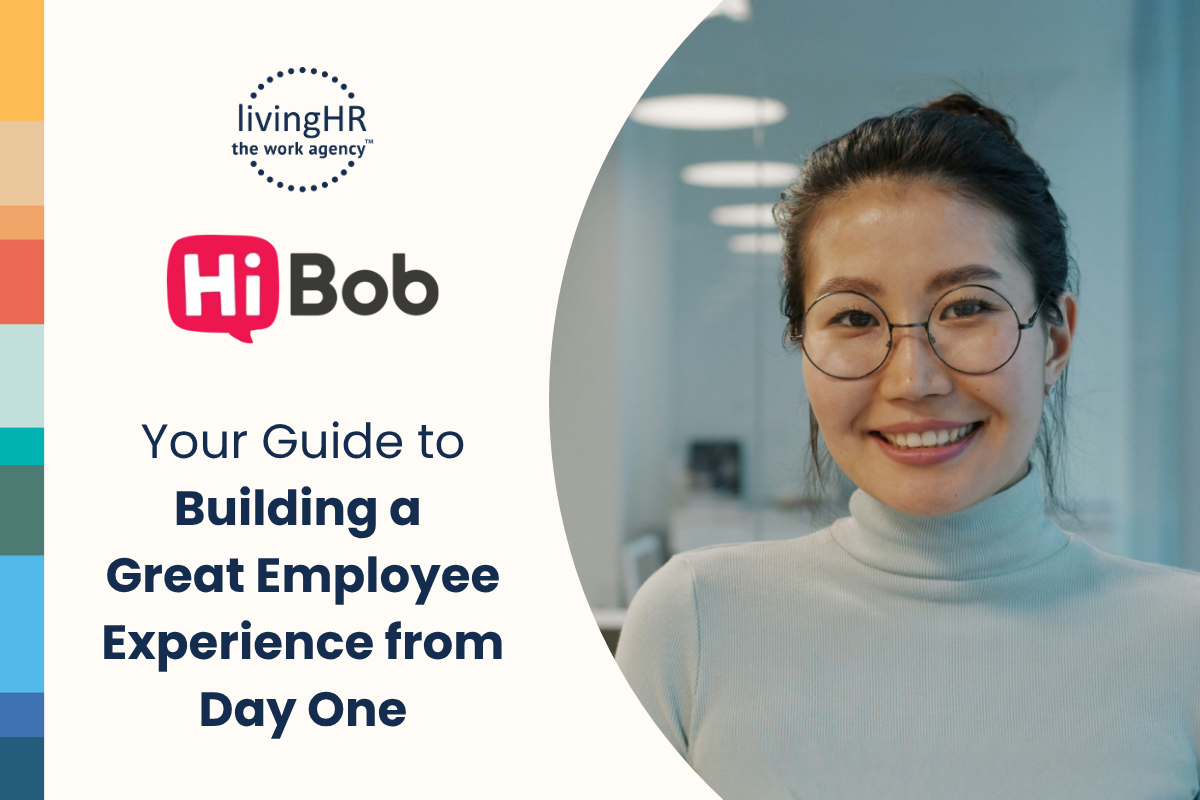We've noticed that today's working relationships increasingly remind us of modern dating relationships—specifically of the dating app variety. Hear us out. We’ve heard of the ‘Uberization’ of the workplace economy, but it seems more like a ‘Tinderization.’
With Uber, you’re signing up for a specific service, similar to taxis, whereas with Tinder, you swipe using your phone and choose a person you may or may not want to meet in the flesh.
Here are some helpful tips for HR professionals to keep in mind when looking to hire new talent.
5 Tips for Foundational Talent Retention
1. Flexible Security
A recent study found that most workers place a premium on job security, especially if they are with a financially stable company. People want safety, comfort, a competitive base salary, and adequate time off. With the gig economy in full swing over the past few years, people are tired of constantly seeking new jobs to get to the end of the month. They want stability with flexibility.
Security for Businesses
The desire for stability with flexibility is good for business! It means employees are looking for long-term jobs that will ultimately improve businesses’ bottom lines. Hiring new employees is costly, and training them even more. The less turnover, the better for business. Rest assured that when you invest in and empower your employees, you’ll be making a major contribution to your bottom line and their overall success and well-being.
Security for Talent
On the flip side, as we’ve already discussed, top talent is seeking security. The gig economy may appeal to younger talent who may still be in school, but most people want security. After the uncertainty in the global economy following the Covid pandemic, most people want to do their work, know they’ll get paid, and enjoy their weekends!
2. Expediting and Humanizing the Recruitment Process
Recruitment tends to be stressful for all involved. Rounds of interviews, harmonizing schedules, reviewing resumes, and ultimately narrowing down the talent pool can be quite the endeavor.
Recruiting the Right People
One of the toughest parts of recruiting is finding the right people, and retention starts with recruitment. First, you need to have a strong sense of exactly the kind of person you need to fill a role. If you’re hiring for a sales position, you’ll need someone who is motivated by commissions, whereas a customer service role may be better suited to someone motivated by developing relationships. Clarify the characteristics you’re looking for before beginning your recruitment.
You will also need a clear vision of how you will keep your new talent on board. Identify candidates seeking a long-term engagement because only some are! Some talent prefers working gig to gig, so be sure to sift them out if you’re seeking a lasting solution.
Retaining Your Talent
Now that you’ve found that amazing employee, what’s your plan to ensure they don’t go elsewhere? Having an employee retention program can be a critical factor in keeping top talent and retaining an engaged workforce.
Ongoing education and clear paths to advancement are also critical to maintaining your workforce. Compensation and flexibility are, of course, important factors, as is reliability. Putting tools in place to facilitate work can also go a long way. Artificial intelligence (AI) is your friend! When you empower your employees with tools to free up their time and energy, why would they want to look elsewhere?
3. Leverage Tinder’s Playbook
We’re not suggesting you should be on Tinder, but as an employer, there are some things you can take away from their model. The app uses technology to pair people based on their profile settings. Then whether they decide to meet is up to them.
The same technology is available to recruiters. LinkedIn Recruiter, Workable, and Shapr all use AI technology to analyze job listings and applicants’ profiles and match them accordingly to make recruiters’ lives easier. The probability of a candidate that fits the listing is exponentially higher with a little technical assistance.
4. Video Interviews
You may also want to simplify your screening process with video interviews. However, there are a few things to consider.
Pros and Cons of Video Interviews
On the upside, pre-recorded video interviews can help recruiters and hiring managers screen more applicants more quickly to fill a role in less time. One-way video interviews allow you to eliminate candidates that are clearly not going to fit the bill.
The downside is that asking candidates to record a video is asking a lot. It may turn off some candidates that would be perfect for the role.
Unintentional Bias
Video interviews can help combat unconscious or unintentional bias. They can help recruiters engage in a consistent experience, overcome geographical barriers, and allow more candidates to apply for the role. However, when an interviewer sees a candidate, bias can set in. Candidate aspects like gender, age, skin color, visible disabilities, attractiveness, clothing, and even video settings suddenly factor into the decision-making process.
Automated Interviews
Another card your hiring team can take from Tinder is the automatization of interviews. In an automated interview, recruiters can send a set of questions to a candidate, which they can then take some time to answer and send back at their convenience. These types of interviews can save time, reduce hiring costs, and provide flexibility for all involved.
5. Getting Rid of the Traditional Resume
Just like dating has changed drastically with apps and smartphones, so have resumes! If you want to hire top talent, you’ll need to broaden your definition of a candidate’s resume. Many companies still have legacy recruitment systems that require candidates to submit a cover letter and resume, which may be keeping them from receiving inquiries from top talent. Consider social media, online portfolios and even networking events as sources of job candidates.
Technology has clearly uprooted traditional hiring practices. Like it has in the dating world, technology makes it easier to find top talent but it can also pose a challenge regarding retention.
Connect with livingHR now to learn more about how to find and retain top talent in the age of workplace ‘tinderization’.





